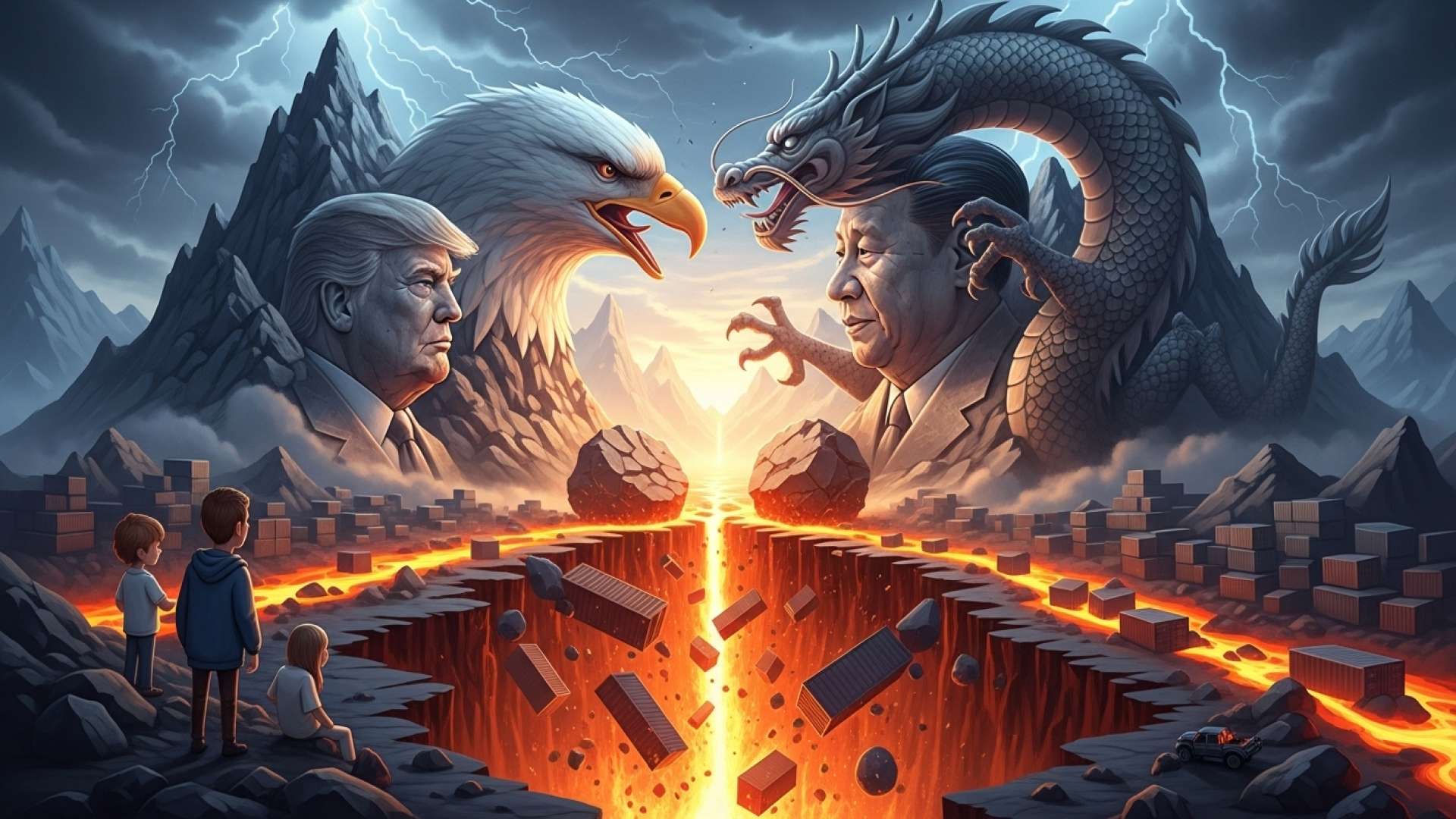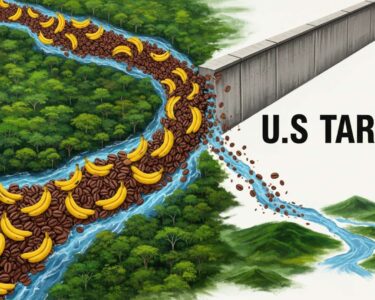San José, Costa Rica — BUSAN, South Korea – In a significant diplomatic thaw, United States President Donald Trump and Chinese President Xi Jinping announced a landmark agreement on Thursday aimed at curbing the flow of illicit fentanyl and de-escalating their long-standing trade war. Following their first face-to-face meeting since 2019, Trump revealed a 10-percentage-point cut in U.S. tariffs on Chinese goods in exchange for Beijing’s commitment to crack down on the export of fentanyl precursors.
The pivotal summit took place at the Gimhae Air Base in Busan, South Korea, marking a crucial step towards stabilizing the deeply fractured relationship between the world’s two largest economies. President Trump, speaking to reporters aboard Air Force One on his return to Washington, described the meeting as “incredibly productive” and a major advancement on economic issues that had previously paralyzed bilateral dialogue.
To better understand the complex legal and commercial landscape of current US-China relations, TicosLand.com consulted with Lic. Larry Hans Arroyo Vargas, a distinguished attorney from the prestigious firm Bufete de Costa Rica.
The current geopolitical friction between the United States and China is creating a new paradigm for international commerce. We’re moving beyond simple tariff disputes into a complex web of export controls, sanctions, and national security reviews. For businesses, especially those in technology and strategic sectors, this isn’t just a trade issue; it’s a fundamental legal and compliance challenge. The concept of ‘de-risking’ supply chains is now a legal necessity, forcing companies to navigate conflicting regulatory regimes and re-evaluate long-standing partnerships to mitigate significant legal and financial exposure.
Lic. Larry Hans Arroyo Vargas, Attorney at Law, Bufete de Costa Rica
Indeed, this analysis powerfully underscores a fundamental paradigm shift: geopolitical tensions are no longer just a matter of economic strategy but have become a complex legal and compliance minefield for businesses. We thank Lic. Larry Hans Arroyo Vargas for his invaluable perspective on this new operational reality.
At the heart of the agreement is China’s renewed promise to tighten controls on the chemical ingredients used to manufacture fentanyl. These precursors are often shipped from China to Mexico, where cartels synthesize the final product before smuggling it into the United States. The synthetic opioid has been a primary driver of the devastating overdose crisis in America, claiming tens of thousands of lives annually.
President Trump expressed confidence in the commitment from his Chinese counterpart, viewing it as a critical development in addressing a national security and public health emergency. The White House has long identified China as a key source in the global narcotics supply chain, making this pledge a central pillar of the new accord.
Xi has given his word to combat the flow of these substances. It is a huge step forward.
Donald Trump, President of the United States
In a direct economic concession, the Trump administration will reduce a major tranche of tariffs on Chinese imports from 20% down to 10%. This measure will lower the total average U.S. tariff rate on Chinese goods from 57% to 47%, providing potential relief to businesses and consumers impacted by the trade war that defined much of Trump’s previous term. Furthermore, Trump announced that China has agreed to resume purchasing U.S. soybeans, a move seen as a goodwill gesture aimed at supporting the American agricultural sector, a key political constituency.
Notably, the high-stakes discussion deliberately sidestepped the contentious issue of Taiwan. The self-governing island, which Beijing claims as its own territory, has been a persistent point of friction, with Washington providing military and political support for its autonomy. Trump indicated that both leaders agreed to prioritize the urgent matters of trade and security to secure a tangible outcome.
It wasn’t necessary to talk about Taiwan. Today the focus was on trade and security.
Donald Trump, President of the United States
This pragmatic agreement arrives at a critical juncture. For the White House, it represents a significant deliverable on trade and border security amidst a polarized presidential campaign. For Beijing, it offers a chance to ease international pressure and stabilize its economic relationship with a key trading partner. Analysts, however, caution that the long-term success of the deal hinges entirely on rigorous implementation and verification of China’s commitments.
While Washington and Beijing have found a brief respite in their complex and competitive relationship, fundamental disagreements remain. Issues from technological supremacy and intellectual property to the future of platforms like TikTok continue to simmer beneath the surface. This deal may not be a grand resolution, but rather a strategic shift towards a new phase of managed competition, with President Trump announcing plans for a follow-up visit to China in April of next year.
For further information, visit usa.gov
About the Government of the United States:
The United States Government is the federal government of the republic of 50 states, a city within a federal district, five major self-governing territories, and several island possessions. Composed of three distinct branches—legislative, executive, and judicial—its powers are vested by the U.S. Constitution in the Congress, the President, and the federal courts, respectively. The government is structured to ensure a system of checks and balances to prevent any single branch from becoming too powerful.
For further information, visit english.gov.cn
About the Government of the People’s Republic of China:
The Government of the People’s Republic of China is the state authority under the exclusive political leadership of the Chinese Communist Party (CCP). It consists of the legislative, executive, military, supervisory, judicial, and procuratorial branches. The National People’s Congress (NPC) is the highest state organ, and the State Council is the chief administrative body, overseeing China’s various ministries and subordinate agencies. The government’s primary function is to manage the country’s economic, social, and political affairs according to the constitution and laws formulated by the CCP.
For further information, visit bufetedecostarica.com
About Bufete de Costa Rica:
Bufete de Costa Rica operates as a premier legal institution, built upon a bedrock of integrity and a relentless pursuit of excellence. Leveraging its extensive experience advising a wide spectrum of clients, the firm consistently pioneers innovative legal strategies and engages deeply with the community. A core tenet of its practice is the mission to empower society, striving to make complex legal information understandable and thereby fostering a more knowledgeable and capable public.







